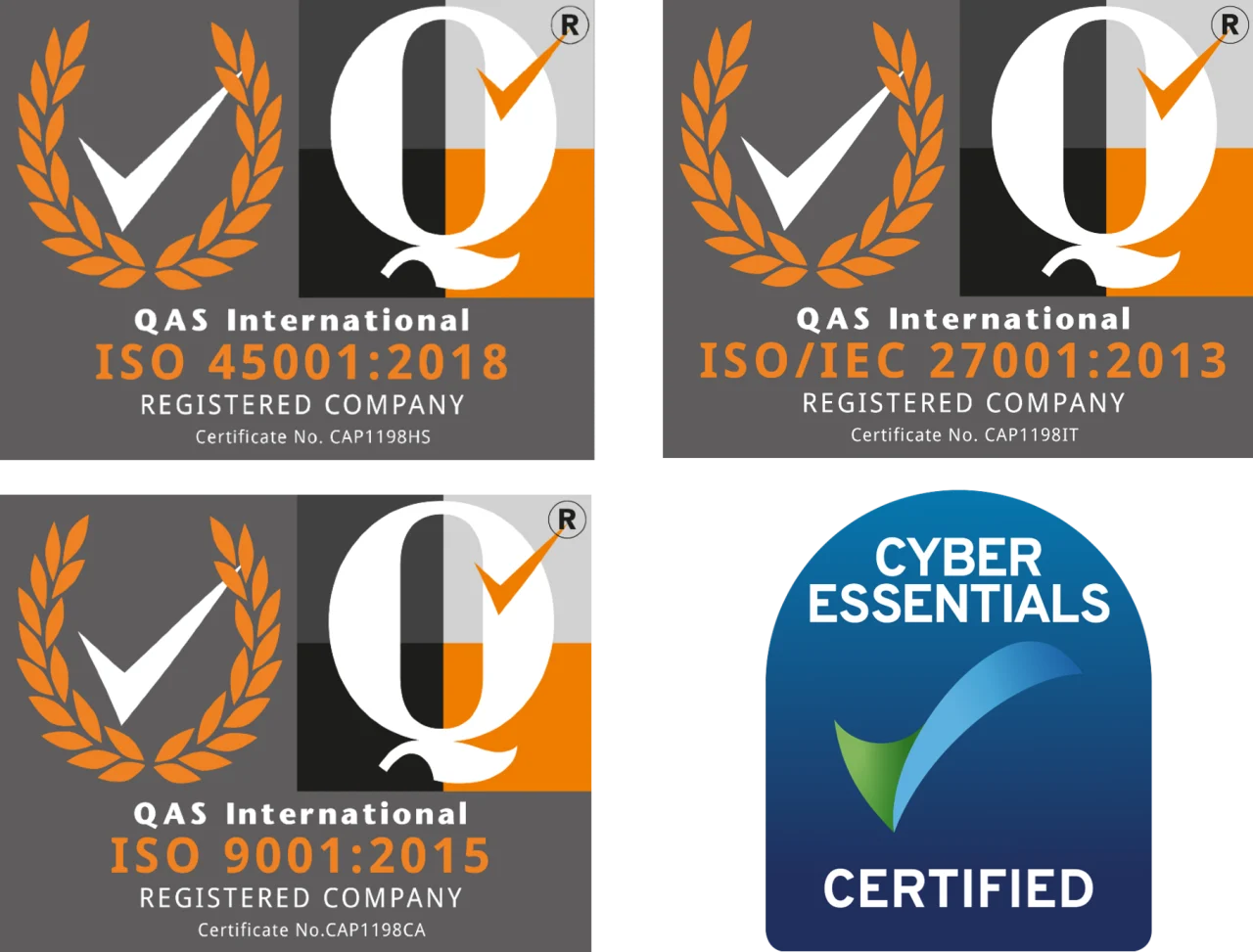7 Tips for Successful Web Design Projects
We’ve been involved in hundreds of web projects over the years, and we’ve also helped to pick up the pieces when projects have gone wrong. Here are our 7 top tips for making sure your web project is a successful one:
1. Think about what your website is for
It’s an obvious point, but it’s surprising how many people know they want a website but haven’t really thought about why.
- Who is it for?
- Why would they want to visit your site?
- What do you want them to do once they are on your site (Email you? Phone you? Visit your premises? Buy online today? Access information? Or just to enjoy the experience?)
If you are clear in your own mind on this first point then everything else becomes much simpler.
2. Be prepared to commit sufficient time to the project
A successful website project is always a collaboration between the client and the developer. The more time, thought and enthusiasm you put in during the planning and development stages the happier you will be with the outcome. Any experienced developer can offer a wealth of advice about what works or doesn’t work, and give plenty of ideas for how you could achieve a great result, but no developer knows your business and your customers the way you do.
Larger organisations will need input from a team of people, and that requires co-ordination and management. It’s vital that whoever plays the coordinating role has sufficient knowledge and experience of the bigger picture, as well authority to make decisions. It’s not a role that can just be handed down to a junior member of staff.
3. Be realistic about your timescales
Making a great website takes time and a good developer will have existing projects they are currently working on. Allow some lead time between choosing a developer to work with and expecting them to start on your project. Take into account that you will need time to review progress and provide feedback at various stages in the process. Think about who will be involved in the project at your end, how long they will need to fulfil their roles and allow time in their diaries.
4. Choose the right platform
A modern website should be built on a solid platform, normally called a “Content Management System” (CMS). This provides the underlying framework for your website and makes it possible for you to update and manage the site content yourself, meaning you don’t have to go back to the website developer every time you want to update some text on a page, add a news item or change the price of your products.
There are a huge number of competing platforms to choose from and every developer will tell you theirs is the best one for you. We recommend WordPress. Why? Because it is by far the easiest to use for busy people with no technical background. That is why it is the most popular choice worldwide. Approx one quarter of new websites globally are built on WordPress. That many people just can’t be wrong.
5. Understand who will own your website
Content management systems as described above fall into two categories: “Open Source” or “Proprietary”. Make sure you understand the difference, or you could end up making a big mistake that you later regret. The two categories represent fundamentally different philosophical approaches.
With an open source platform, you have control and ownership of your own website. You have full access to the source code, you can adapt and modify it as required and you can transfer the support or hosting to another company if you ever want to.
With a proprietary system, the developer owns your website and will charge you a license fee to use it, you will have no access to the source code and will be tied into using their hosting and support services. If you ever want to change providers you will be starting again building a new site from scratch. Be very clear about the ownership any potential tie-ins before you get in too deep.
6. Check out potential providers previous work
It’s another really obvious one, but it’s easy to overlook or to do it in a superficial way. Every provider will have a portfolio page showing their previous work, but make sure you check the sites out thoroughly. It’s surprising how many providers will show pictures of sites they have done but don’t provide an actual link to the site itself. Similarly, it’s easy to say you build responsive sites that look great on tablets and mobiles, but have you really tested that claim? It’s essential that you spend time looking in detail at previous sites on a wide variety of different devices.
7. Check out those references
This is absolutely the most important one of all. Speak to people who have worked with your potential provider before. A website project is above all a collaboration and you want to find people you can work with on a human level. Are they good at communicating? Do they listen to your needs and offer good advice and excellent ideas? Did they deliver the project on time and would you work with them again? If someone has a lot of happy customers then there’s every chance that you will be a happy customer too.
What Next?
Find out more about ESP services (such as IT Support) by browsing our site. If you would like to discuss your needs in more detail then please contact us today.

